Tales of Symphonia Remastered brings the classic RPG (but not its sequel) to modern consoles along with a handful of new technical issues.
Quick View
- Title: Tales of Symphonia Remastered
- Release Date: February 17, 2023
- Price: $39.99
- Suggested Audience Age: Rated T for Teen by the ESRB
- Availability: PlayStation 4 (Reviewed), Xbox One, Nintendo Switch
- Recommended for fans of: Persona 3/4, Dragon Quest
Geek to Geek Media was provided with a review copy of this title.
Bandai Namco's “Tales of…” series of RPGs has been around for the better part of three decades now, and Tales of Symphonia is without question one of the series' high points. Originally released for the Nintendo GameCube in 2004, this marks the third console release for Symphonia, following Tales of Symphonia Chronicles in 2013.
Third time's the charm, right?
Right?
Well, maybe not so much.
Tale as Old as Time

For better or worse, the Tales of series embraces the most common elements of Japanese RPGs, and Tales of Symphonia is no exception. The primary protagonist, a teenager named Lloyd Irving, has a strong sense of justice and undying loyalty to his friends. When one of his closest friends, Colette, is chosen to undergo a pilgrimage to restore balance to the world, Lloyd chooses to accompany her as a bodyguard, but the quest is not as straightforward as it initially seems.
The journey is fraught with dangerous encounters, shocking betrayals, and perhaps even a smidge of romance. The major story beats are rather by-the-numbers, but the party's chemistry is what keeps things from feeling stale. Banter tends to be lighthearted, even in the midst of some of the darker subplots. These interactions are at their best during the game's many “skits,” which are button-activated (and easily missed) interludes during which the party discusses a topic. Sadly, there is still no English voice acting during these skits, though you can hear the Japanese voice acting if you change all audio to Japanese in the settings.
Active Line Battle
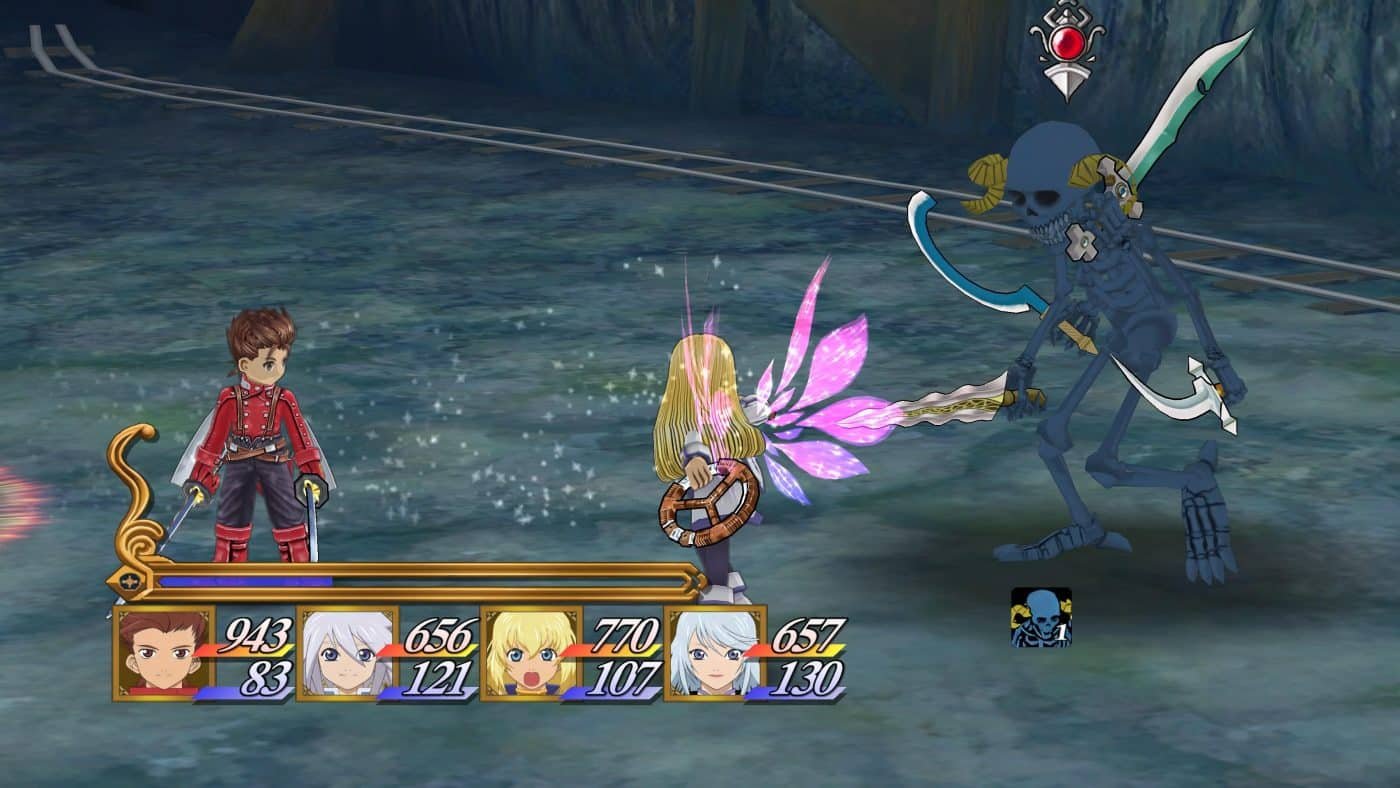
One of the things that has always set the Tales of series apart from its contemporaries is its action-based combat, which often feels more like playing a fighting game than an RPG. As the first 3D game in the series, Tales of Symphonia utilizes the “Multi-Line Linear Motion Battle System,” or ML-LMBS for, uh, “short.” What exactly does that jumble of words mean, you ask? Despite the game being in full 3D, movement is restricted to a 2D plane. You target an enemy and can move in a direct line toward or away from it. However, you can target any other enemy and move along the corresponding line to reposition yourself.
Being restricted to 2D movement might sound like a drag, but knowing when and how often to switch targets can be the key to victory in a fight against multiple tough opponents. And while you can only control one character directly, you can pause the action at any time to issue commands to teammates or change their A.I. strategies. If things get stale playing as Lloyd, you can switch to another character and try your hand with a magic or support-focused character. You can even invite a friend for some cooperative multiplayer for an extra surge of team synergy.
Character Builds in Tales of Symphonia Remastered
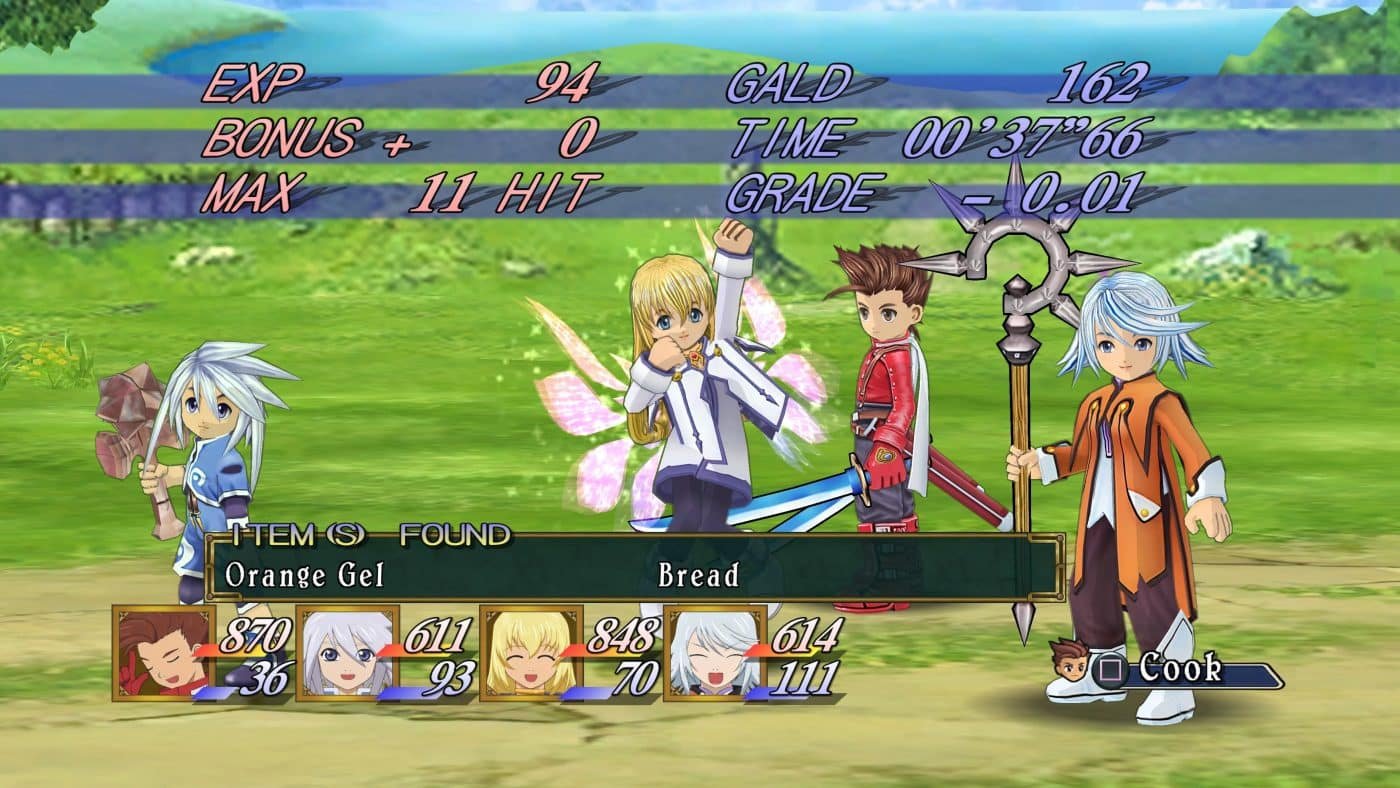
Tales of Symphonia is an RPG that is dense with mechanics and systems. While Lloyd is primarily a rough-and-tumble warrior-type character, a number of tools at your disposal can alter his stat growth in various ways. Interact with the environment and NPCs enough and you'll likely be granted a new title, which can be equipped in the Stats menu. Each title favors at least one stat, which will then receive enhanced growth when leveling up. If enemies are hitting you too hard, equip a title that focuses on the Defense stat and watch your little dual-wielder toughen up.
EX Skills also offer some opportunities for flexibility. Each character can focus either on Strike (S) or Technical (T) EX Skills, with the general rule being S skills are more powerful and focus on an individual target, while T skills are less powerful but can be used on multiple targets at once. Striving for the right balance of EX Skills makes forming a custom team composition fun and flexible. You also have a tension gauge, Unison Attacks, Compound Special Attacks, and more, making for an initially overwhelming wealth of battle options at your disposal.
Visuals and Audio
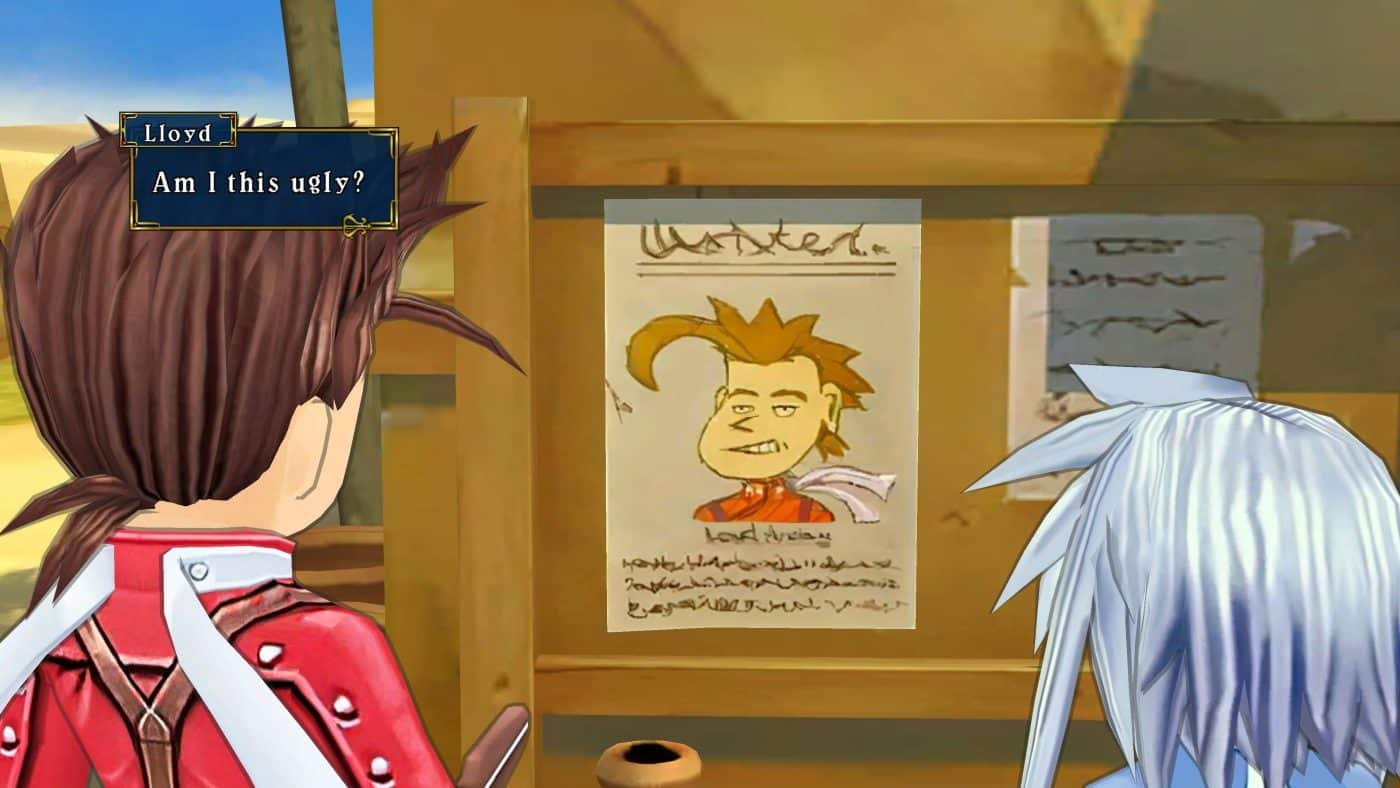
The game's soundtrack, provided by Motoi Sakuraba, is decent, but not particularly memorable – even by Tales of standards. You get a lot of woodwind melodies and the usual smattering of battle arpeggios. It's by the numbers for sure, but the music does its job competently enough. Voices and sound effects are clear for a remaster of such old recordings, and while you'll get sick of hearing the same lines over and over in battle, they're at least delivered well.
Despite being a remaster of a 19-year-old game, Tales of Symphonia Remastered still retains immense visual charm. The cel-shaded visual style aids the anime-inspired presentation perfectly. The remaster sadly removes the thick outlines around character models that were so evident in the GameCube version, but the vibrant colors pop nicely in HD. The frame rate is sadly reduced to 30 FPS compared to the GameCube version's 60, but at least it's consistent.
Tales of Symphonia Remastered Offers Nothing New
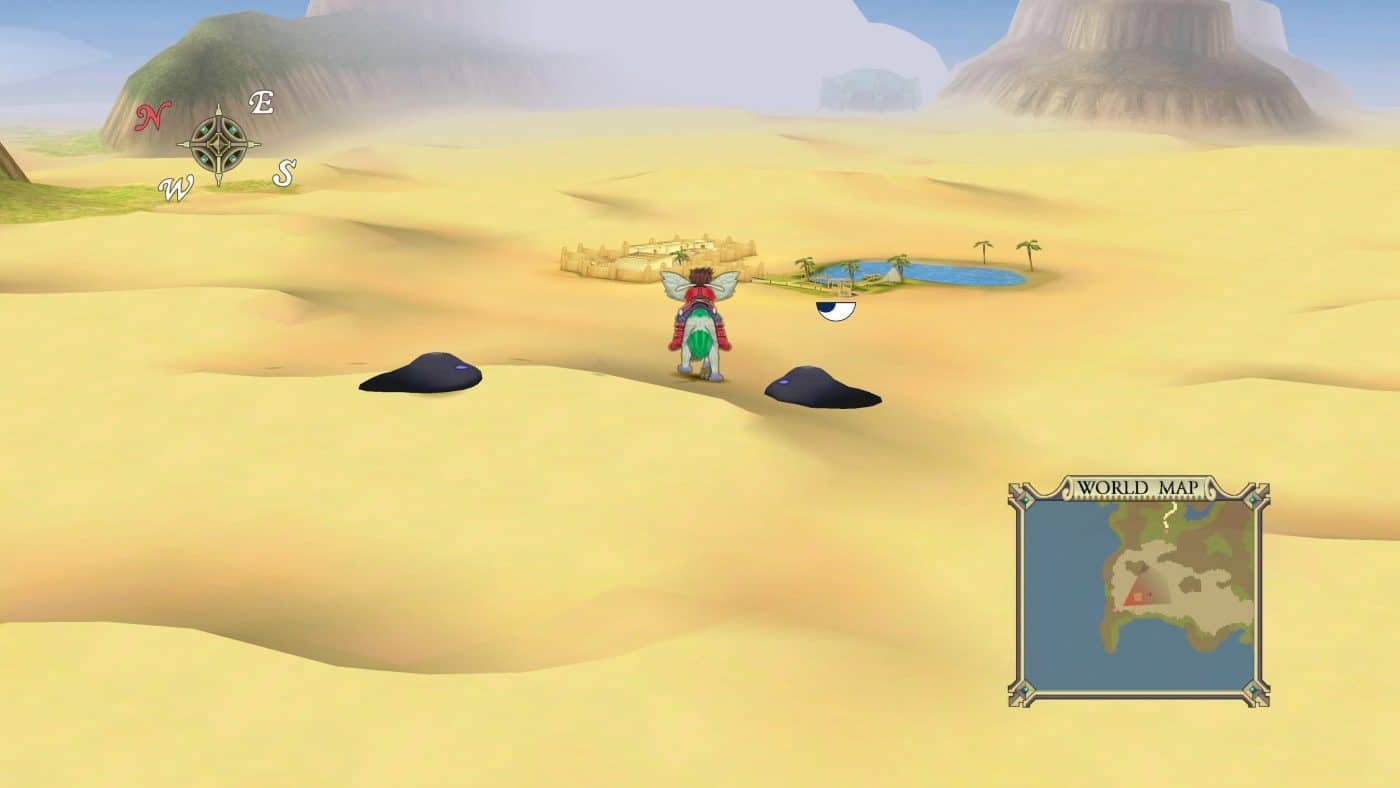
It's time to address the elephant in the room. If you own a previous remaster of Tales of Symphonia, there's little reason to purchase this one. Here's a basic rundown of the various versions of the game:
- GameCube (2003) – standard definition with 60 FPS frame rate
- PlayStation 2 (2004) – standard definition with 30 FPS frame rate and additional content
- PlayStation 3 (2013) – high definition with 30 FPS frame rate, additional content, and the sequel, Tales of Symphonia: Dawn of the New World included. Some dialogue is missing and there are more bugs and technical issues
- PlayStation 4/Xbox One/Switch (2023) – the same as the PS3 release, minus Dawn of the New World, and with even more bugs and technical issues.
To sum things up, this remaster has less content and more technical issues than the PS3 port that was released a decade ago for the same price. Granted, Dawn of the New World is one of the weakest games in the series, but it would still be nice to see the entire story through on modern consoles. The PS4 version that I played was thankfully spared many of the issues that plague the Switch port, but it's still disappointing to have what amounts to a downgrade of an already flawed port. The missing dialogue and weirdly long loading times are especially disappointing.
Final Thoughts on Tales of Symphonia Remastered
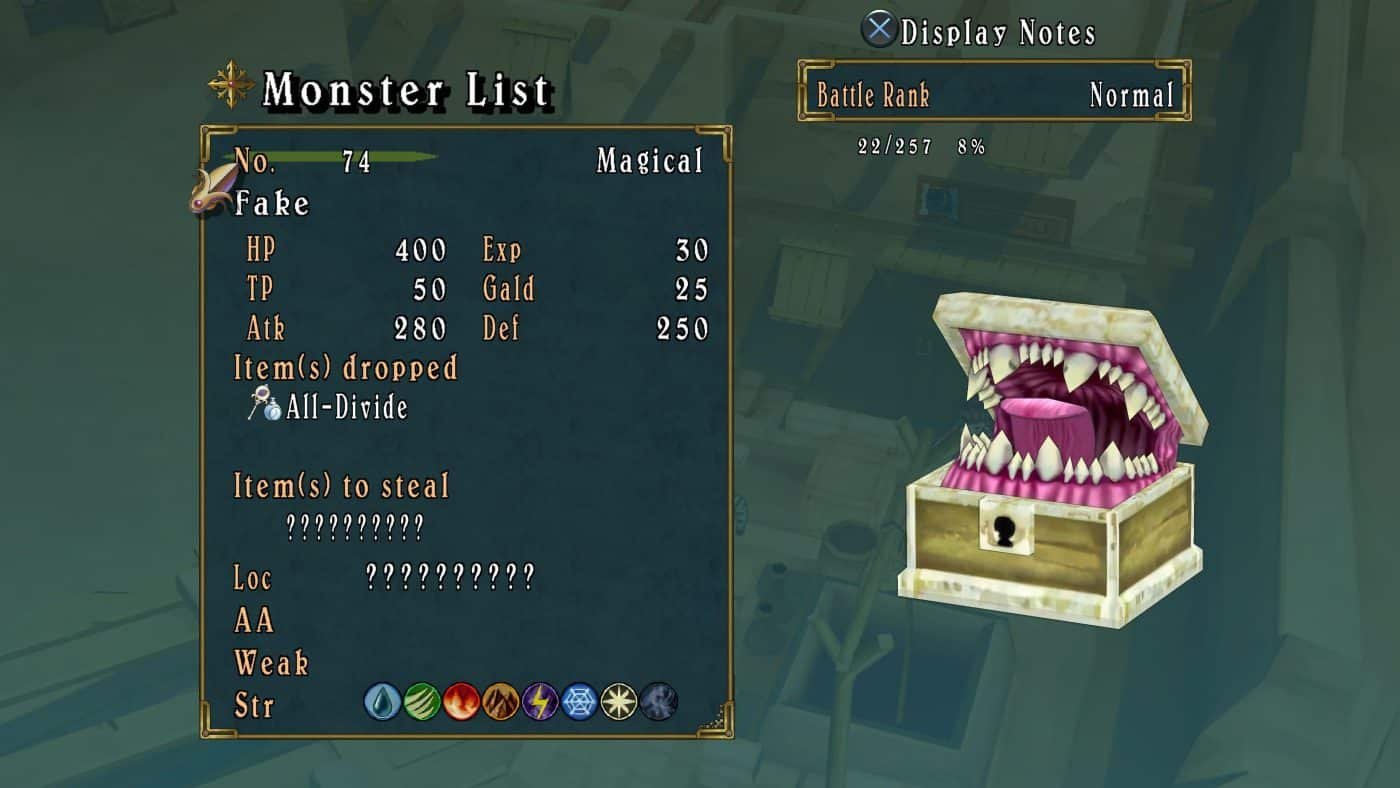
Tales of Symphonia Remastered is a difficult game to recommend to those who have played a previous version. This is still one of the finest console RPGs out there, but you're getting a copy of a copy here with absolutely no effort put into making this the definitive edition of the game. If you've never played Symphonia before, the PS4 version is a decent place to start. If you already own the decade-old PS3 port, there's sadly nothing new here to warrant a repurchase.

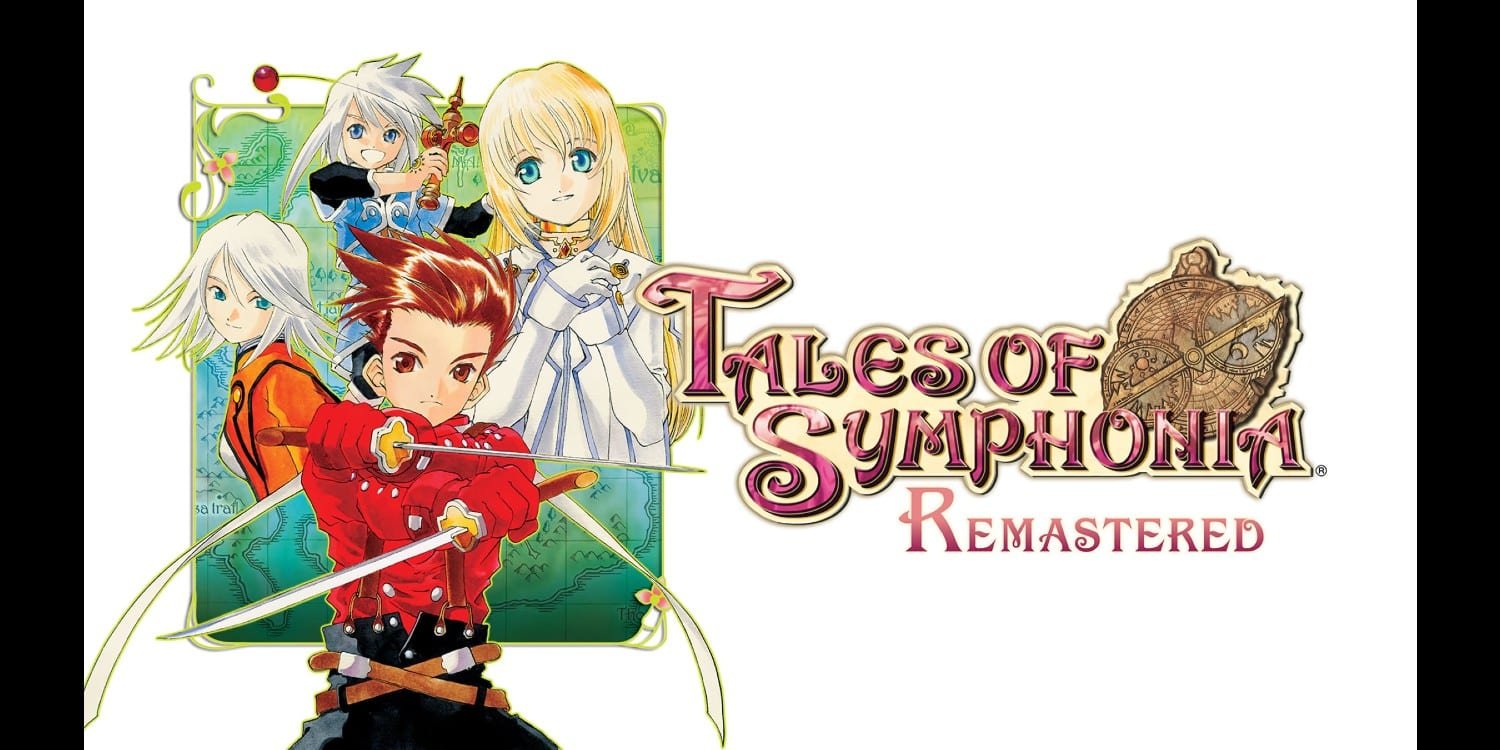
[…] zooms in on sets of talking heads that feel like even more emotive than the visual novels or Tales of series games that they draw comparison […]